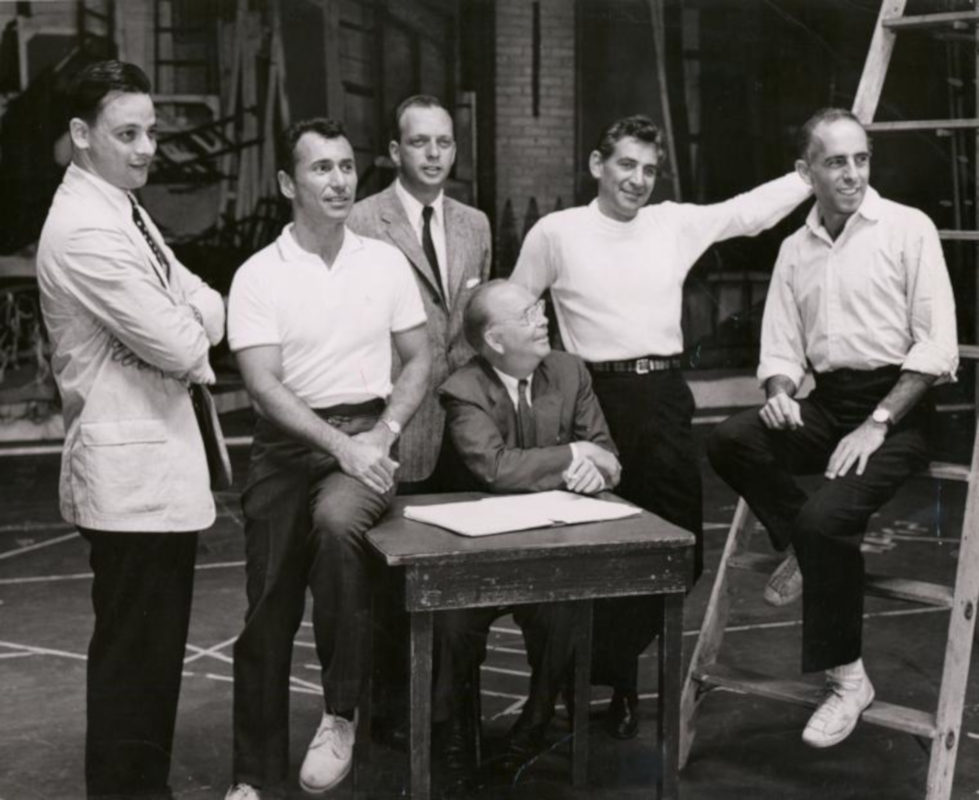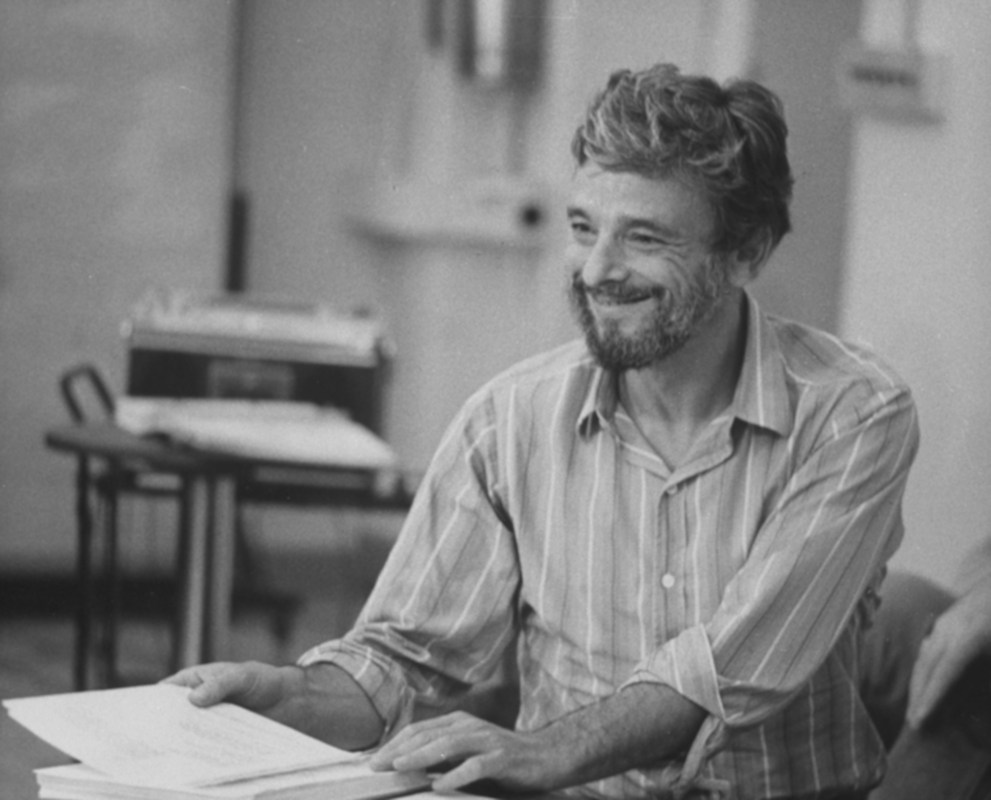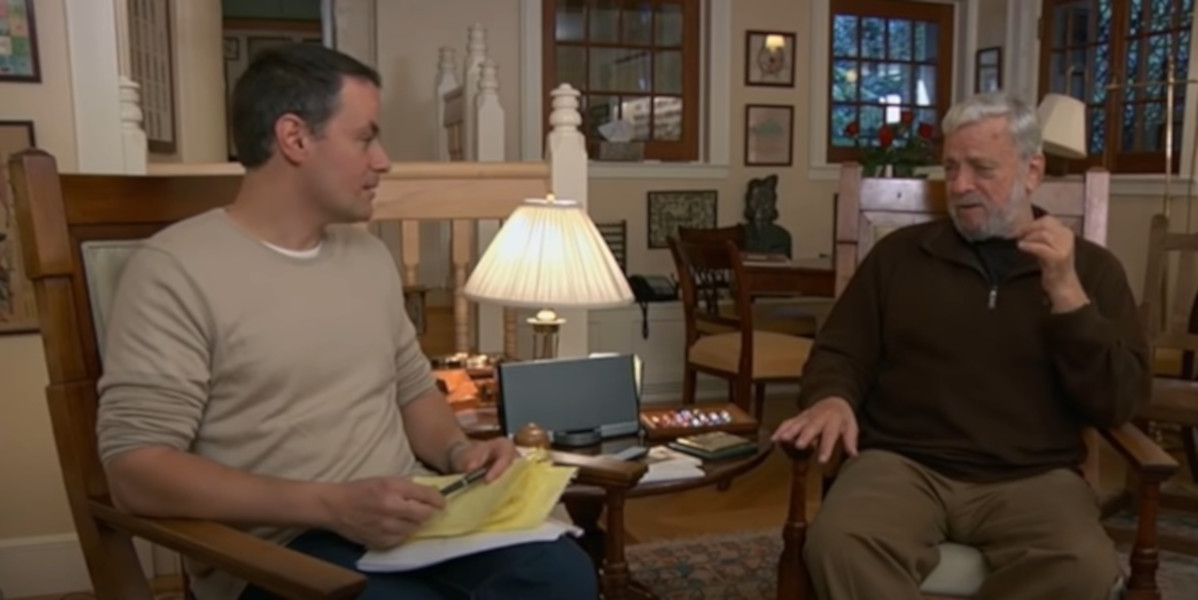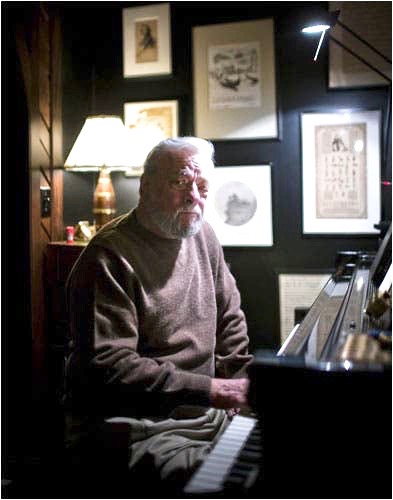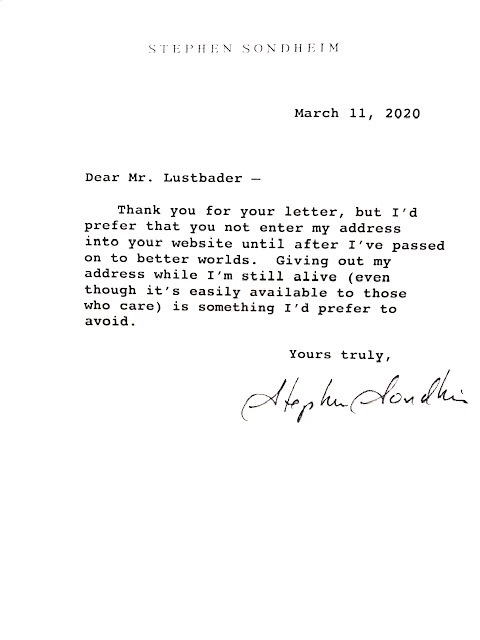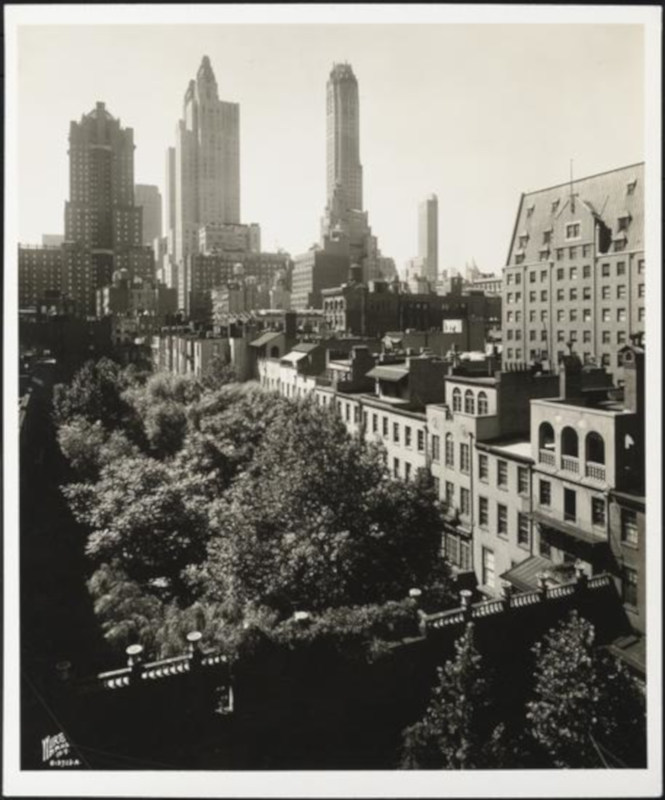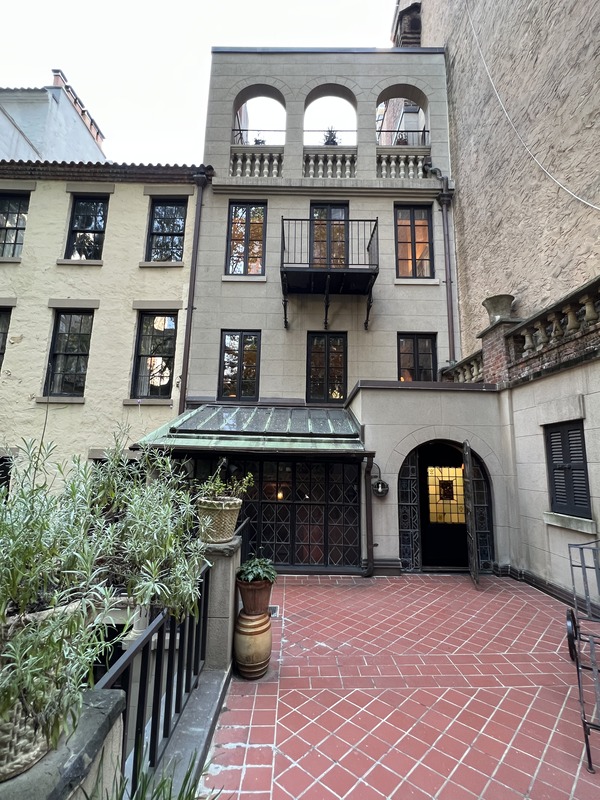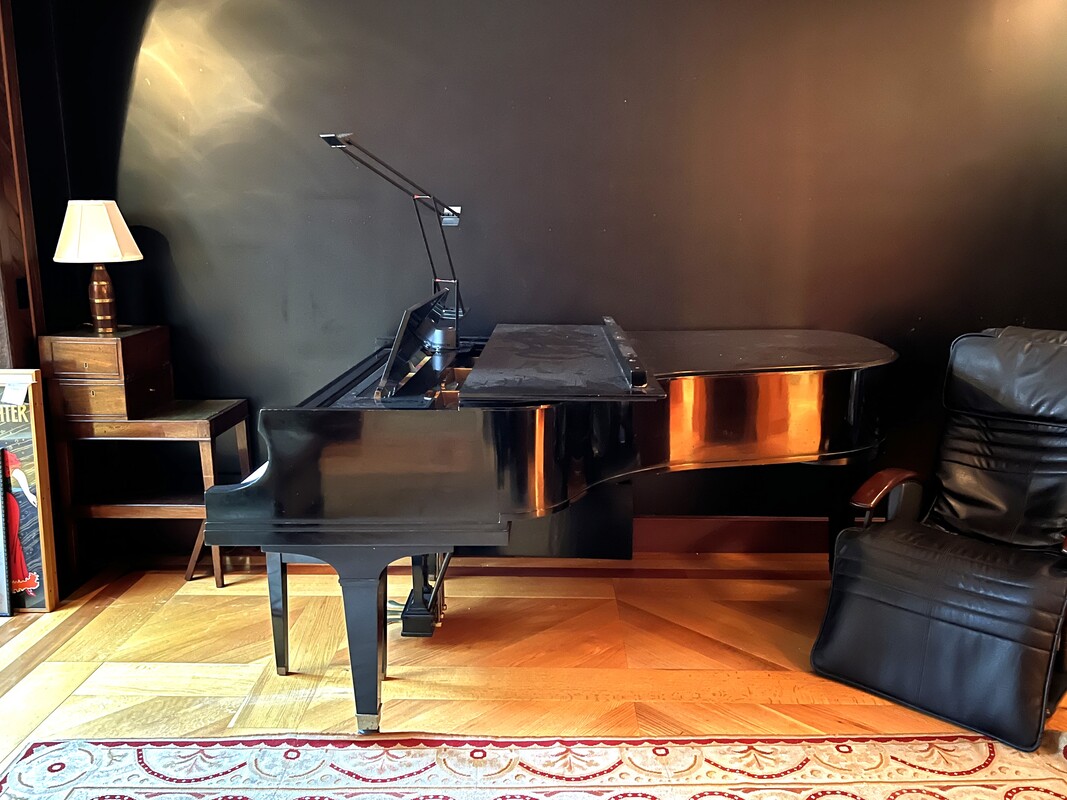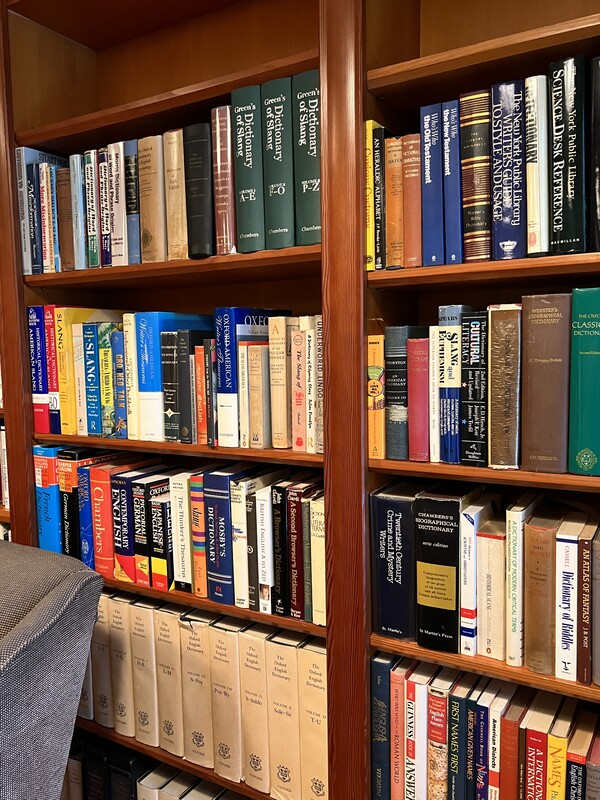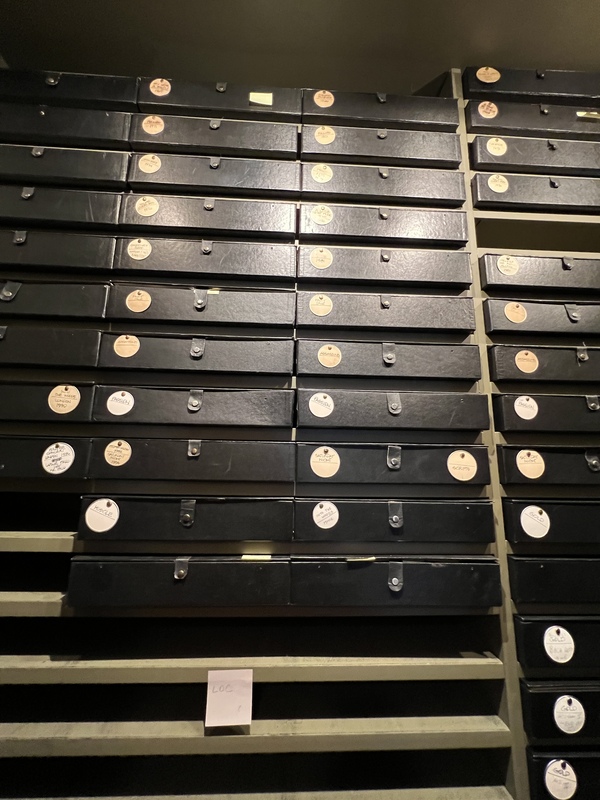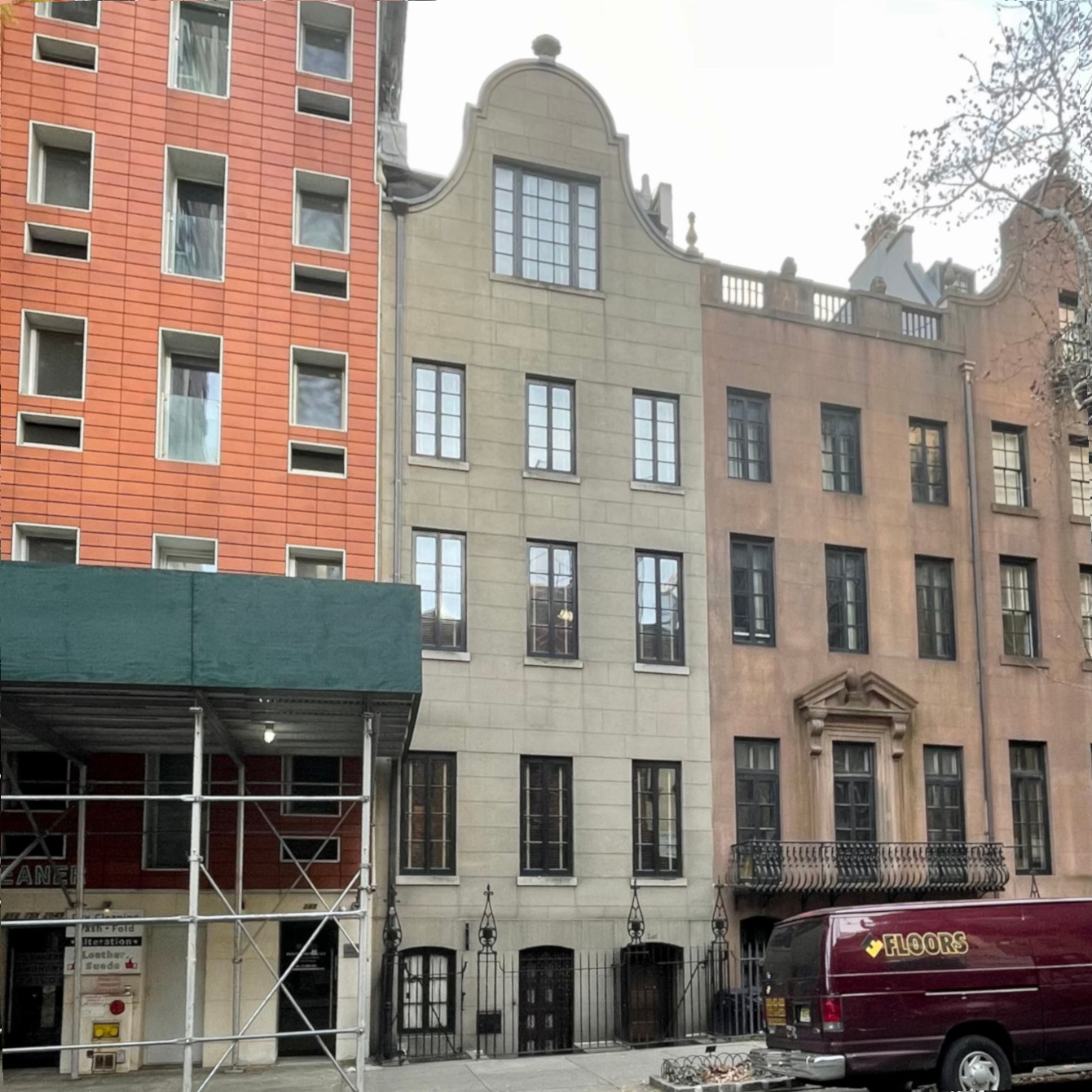
Stephen Sondheim Residence
overview
In 1960, preeminent Broadway composer and lyricist Stephen Sondheim bought this rowhouse in Turtle Bay Gardens, which remained his New York City residence until his death in 2021.
Sondheim went on to transform the American musical, writing the music and lyrics for numerous hits and winning multiple Tony Awards and other accolades during his celebrated career.
History
Renowned composer and lyricist Stephen Sondheim (1930-2021) grew up in the San Remo Apartments on Central Park West and was a lifelong New Yorker, once noting that he always lived somewhere between 49th and 82nd Streets in Manhattan. After his parents’ divorce, his mother bought a house in Pennsylvania, where the young Sondheim spent several summers and met lyricist Oscar Hammerstein II and his family, who lived nearby. Sondheim described Hammerstein, who would become his mentor, as a surrogate father; his Broadway collaborations with composer Richard Rodgers on Oklahoma! (1943), Carousel (1945), and Allegro (1947), for which Sondheim was the production assistant, inspired him to pursue a career in musical theater.
In 1954, he wrote the music and lyrics for Saturday Night, which, due to the producer’s death, never opened on Broadway. Nevertheless, playwright Arthur Laurents was impressed with the show’s lyrics and invited Sondheim to audition for composer Leonard Bernstein, whose score for Laurents’ West Side Story, directed by Jerome Robbins, was in need of a lyricist. Thus, the production’s 1957 premiere at the Winter Garden Theater marked Sondheim’s Broadway debut. Laurents and Robbins next called on Sondheim to write the lyrics for Gypsy (1959). Though he remained closeted for most of his professional life, this era marked the beginning of his creative partnerships with gay Broadway talent.
With his career taking off, Sondheim was soon in search of a larger residence in which he could work without disturbing his neighbors (at his 80th Street apartment, his downstairs neighbor would bang on the ceiling if Sondheim was playing music after 10 p.m.). In 1960, he bought the rowhouse at 246 East 49th Street, calling it “the house that Gypsy built” in reference to his earnings from the hit musical. Part of Turtle Bay Gardens, the residence is one of 20 rowhouses that share a community garden in the middle of the block (Sondheim was a longtime next-door neighbor of Hollywood legend Katharine Hepburn). The majority of Sondheim’s work was written during his association with the 49th Street house, beginning with A Funny Thing Happened on the Way to the Forum (1962), the first Broadway production for which he wrote both the music and lyrics. He went on to win the Tony Award for Best Original Score for Company (1970), Follies (1971), A Little Night Music (1973), Sweeney Todd: The Demon Barber of Fleet Street (1979), Into the Woods (1987), and Passion (1994). Sondheim later recalled that he wrote most of the music and lyrics for the Pulitzer Prize-winning show Sunday in the Park with George (1984) on his terrace facing the community garden.
An intellectually rigorous artist who perpetually sought new creative paths, Mr. Sondheim was the theater’s most revered and influential composer-lyricist of the last half of the 20th century, if not its most popular.
Sondheim, whose work continues to be widely influential, is credited with transforming the American musical in the last half of the 20th century. He is also part of a long tradition of LGBT and Jewish people who have made a disproportionate impact on Broadway theater. While Sondheim was not openly gay until he was nearly 70, the 2019 article “Merrily He Strolled Along” in The Gay and Lesbian Review notes that love and sexuality are portrayed in many of his hit shows and that “His most romantic musical, Passion, was inspired by the first genuine love affair of his life, which happened when he was sixty.” This is in reference to dramatist Peter Jones, with whom he lived with at the Turtle Bay Gardens residence and had an eight-year relationship. In 2017, Sondheim married digital technologist Jeffrey Scott Romley, and the couple divided their time between their 49th Street and Roxbury, Connecticut, homes until Sondheim’s death.
A multi-winning Tony, Oscar, and Grammy Award winner, as well as a host of other awards and accolades, Sondheim was presented with a Special Tony Award for Lifetime Achievement in the Theatre in 2008. In his honor, the Henry Miller’s Theater was renamed the Stephen Sondheim Theater in 2010; on the West End, the Queen’s Theatre was renamed the Sondheim Theatre in 2019. He was presented with the Kennedy Center Honors in 1993 and the Presidential Medal of Freedom, given by President Barack Obama, in 2015. On December 8, 2021, Broadway theaters dimmed their marquee lights for one minute in Sondheim’s memory.
Entry by Amanda Davis, project manager (February 2022).
NOTE: Names above in bold indicate LGBT people.
Building Information
- Architect or Builder: unknown; Clarence Dean (renovation)
- Year Built: 1860s; 1918-20 (renovation)
Sources
“A Conversation with Composer Stephen Sondheim – Part 1,” Library of Congress, YouTube, November 19, 1997, bit.ly/3LeuFp1.
“The Art of Songwriting with Stephen Sondheim and Adam Guettel,” Dramatists Guild Foundation, YouTube, September 2009, bit.ly/3rBBbyF.
Bruce Weber, “Stephen Sondheim, Titan of the American Musical, is Dead at 91,” The New York Times, November 26, 2021, nyti.ms/3shOOlt. [source of pull quote]
David LaFontaine, “Merrily He Strolled Along,” The Gay and Lesbian Review, March-April 2019, bit.ly/34wVMLE.
Jay Shockley, “Broadway Theater District,” NYC LGBT Historic Sites Project, bit.ly/3ruk7dP.
Stephen Sondheim, Finishing the Hat: Collected Lyrics (1954-1981) with Attendant Comments, Principles, Heresies, Grudges, Whines and Anecdotes (New York: Alfred A. Knopf, 2010).
Stephen Sondheim, Look, I Made a Hat: Collected Lyrics (1981-2011) with Attendant Comments, Amplifications, Dogmas, Harangues, Digressions, Anecdotes and Miscellany (New York: Alfred A. Knopf, 2011).
Do you have more information about this site?
This project is enriched by your participation! Do you have your own images of this site? Or a story to share? Would you like to suggest a different historic site?

